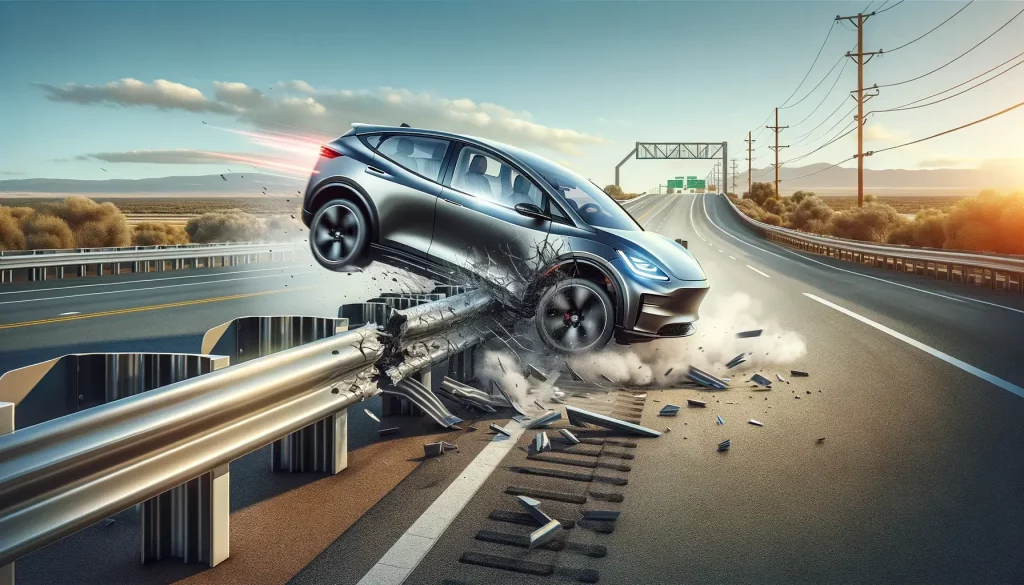In recent years, electric vehicles (EVs) have surged in popularity, promising a greener, more sustainable future. However, as we embrace this shift, we’re encountering unexpected challenges. One such issue, which might not be evident at first glance, is the compatibility of existing road safety features with these heavier electric vehicles. This article delves into a critical aspect often overlooked: the readiness of U.S. road guardrails to withstand impacts from these modern automotive giants.

Are EVs Too Heavy for Current Road Guardrails? (PDF)
The Hefty Challenge of Electric Vehicles
The Weight Factor
Electric vehicles, with their heavy battery packs, can weigh up to 50% more than traditional combustion engine vehicles. This significant weight increase poses a new challenge for roadside safety measures.
- Comparative Weights: Highlighting the weight difference between electric and combustion vehicles.
- Impact on Safety Measures: Discussing how this weight difference affects guardrails and other roadside safety features.
Test Crashes Raise Alarms
Researchers at the University of Nebraska-Lincoln conducted test crashes to understand how electric vehicles interact with guardrails. Their findings were concerning:
- Rivian R1T Collision: In one test, a 7,000-pound Rivian R1T electric pickup broke through a standard steel guardrail with minimal deceleration.
- Tesla Sedan Incident: Another test showed a Tesla sedan plowing under a guardrail, lifting it instead of being stopped.
Cody Stolle, assistant director of The Midwest Roadside Safety Facility, noted that current systems aren’t designed for vehicles over 5,000 pounds, indicating a serious gap in safety preparedness.
The Dual Nature of Electric Vehicle Safety
While electric vehicles often provide enhanced safety for their occupants, their impact on overall road safety, especially concerning heavier weights and lower centers of gravity, needs consideration.
- Occupant Safety: Discussing how electric vehicles are generally safer for those inside, with models like the Rivian receiving top safety ratings.
- Road Safety Concerns: Exploring the broader implications for road safety, including the potential risks to other road users and infrastructure.
The Urgent Need for Road Safety Evolution
The National Transportation Safety Board (NTSB) has expressed concerns about the safety risks posed by heavy electric vehicles. NTSB head Jennifer Homendy emphasized the importance of ensuring new technologies don’t lead to unintended consequences, such as increased road fatalities.
- Rising Proportion of EVs: As electric vehicles become more common, the urgency to adapt road safety features grows.
- Future Road Safety Planning: Discussing the need for proactive measures to ensure the safety of all road users in the EV era.
Conclusion
As we transition to a more electric vehicle-centric world, it’s crucial to address the growing safety challenges. The tests conducted by the University of Nebraska-Lincoln are a stark reminder that our road safety systems, designed for lighter vehicles, must evolve. This evolution isn’t just about adapting to heavier vehicles; it’s about rethinking road safety in the context of an electric future. As we continue to innovate in automotive technology, parallel advancements in road infrastructure are essential to ensure a safe and sustainable transition for all road users.





